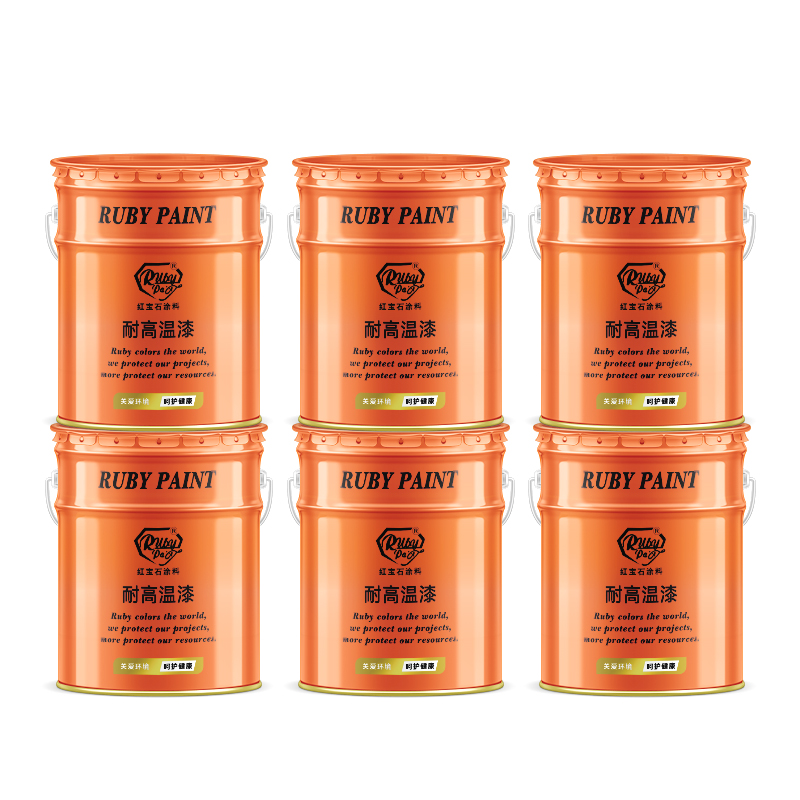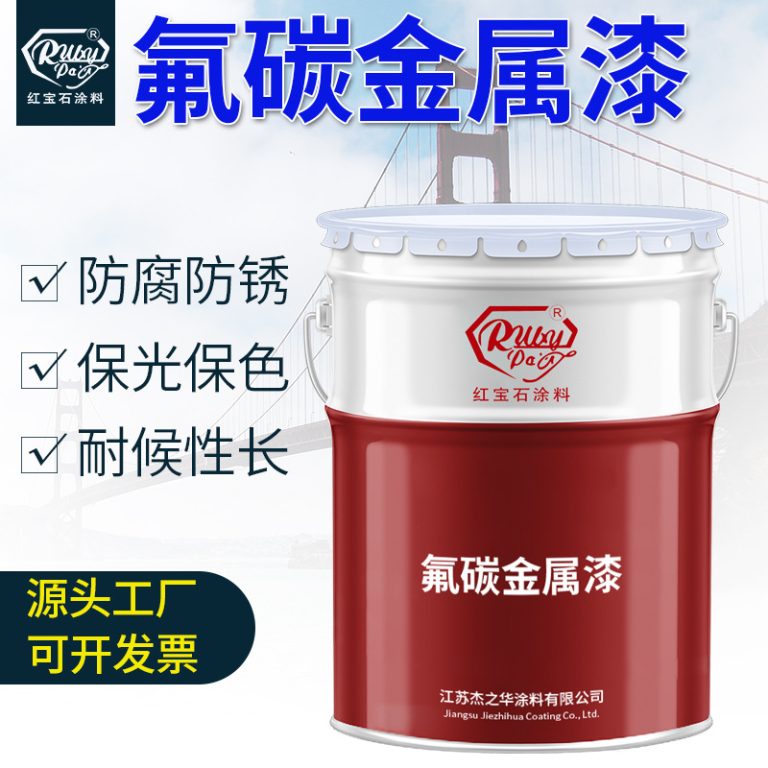Table of Contents
Benefits Of Painting Over Silicone Roof Coating
Silicone roof coatings have become increasingly popular in recent years due to their durability and ability to withstand harsh weather conditions. However, many property owners may wonder if it is possible to paint over a silicone roof coating to refresh the appearance of their building or to change the color of the roof. The answer is yes, you can paint over silicone roof coating, and doing so can offer several benefits.
| No. | Commodity Name |
| 1 | Industrial paint |
One of the primary advantages of painting over silicone roof coating is the ability to enhance the aesthetic appeal of a building. Over time, silicone coatings can become discolored or stained due to exposure to dirt, debris, and environmental pollutants. By applying a fresh coat of paint, property owners can restore the roof’s appearance and improve the overall look of their building. This can be particularly beneficial for commercial properties, where maintaining a clean and professional appearance is essential for attracting customers and clients.
In addition to improving aesthetics, painting over silicone roof coating can also provide an extra layer of protection against the elements. While silicone coatings are already highly resistant to water, UV rays, and temperature fluctuations, adding a coat of paint can further enhance these protective qualities. The paint can act as an additional barrier, helping to prevent the silicone coating from degrading over time and extending the lifespan of the roof.
Furthermore, painting over silicone roof coating can also contribute to energy efficiency. Many paints designed for use on roofs contain reflective pigments that can help to reduce heat absorption. By reflecting sunlight away from the building, these paints can keep the interior cooler, reducing the need for air conditioning and lowering energy costs. This can be especially valuable in hot climates, where cooling expenses can be a significant portion of a building’s operating budget.
It is important to note, however, that not all paints are suitable for use over silicone roof coatings. To ensure proper adhesion and performance, it is essential to choose a paint that is specifically formulated for use on silicone-coated surfaces. These paints are typically acrylic-based and are designed to bond well with silicone, providing a durable and long-lasting finish.
Before painting over a silicone roof coating, it is also crucial to prepare the surface properly. The roof should be thoroughly cleaned to remove any dirt, debris, or contaminants that could interfere with the paint’s adhesion. Any areas of the silicone coating that are damaged or deteriorating should be repaired or replaced to ensure a smooth and even surface for painting.

In conclusion, painting over silicone roof coating can offer several benefits, including enhanced aesthetics, increased protection against the elements, and improved energy efficiency. By choosing the right paint and properly preparing the surface, property owners can refresh the appearance of their building and extend the life of their roof. Whether for a commercial property or a residential home, painting over silicone roof coating can be a cost-effective way to maintain and improve a building’s exterior.
Step-By-Step Guide To Painting Over Silicone Roof Coating
Silicone roof coatings are popular for their durability and ability to withstand harsh weather conditions. However, there may come a time when you want to refresh the appearance of your roof or change its color. Painting over silicone roof coating is possible, but it requires careful preparation and the right materials to ensure a successful outcome.
Before you begin the painting process, it is essential to thoroughly clean the surface of the roof. Dirt, debris, and any other contaminants can prevent the new paint from adhering properly. Use a pressure washer or a strong hose to remove any loose particles, and then apply a cleaning solution specifically designed for silicone-coated roofs. Allow the roof to dry completely before proceeding to the next step.
Once the roof is clean and dry, you need to apply a primer that is compatible with both silicone and the type of paint you plan to use. This is a crucial step, as the primer will create a bond between the silicone coating and the new paint, ensuring better adhesion and longevity. Be sure to follow the manufacturer’s instructions for the primer, including the recommended drying time.
After the primer has dried, you are ready to apply the paint. It is important to choose a high-quality paint that is suitable for exterior use and compatible with silicone surfaces. Acrylic paints are often a good choice, as they are durable and resistant to fading. Apply the paint using a roller or a sprayer, depending on the size and shape of your roof. Be sure to apply an even coat, and avoid overloading the roller or sprayer to prevent drips and uneven coverage.
It may be necessary to apply a second coat of paint to achieve the desired color and coverage. Allow the first coat to dry completely before applying the second coat, following the same techniques as before. Once the final coat of paint has dried, your roof should have a fresh, new look that will last for years to come.
In conclusion, painting over silicone roof coating is a feasible project that can enhance the appearance of your roof. By following the proper steps and using the right materials, you can achieve a professional-looking finish that will protect your roof and improve its aesthetic appeal. Remember to clean the surface thoroughly, use a compatible primer, and choose a high-quality paint to ensure the best results. With careful preparation and attention to detail, you can successfully paint over silicone roof coating and enjoy a beautiful, durable roof.
| Serial Number | Article Name |
| 1 | Epoxy Zinc rich paint |




